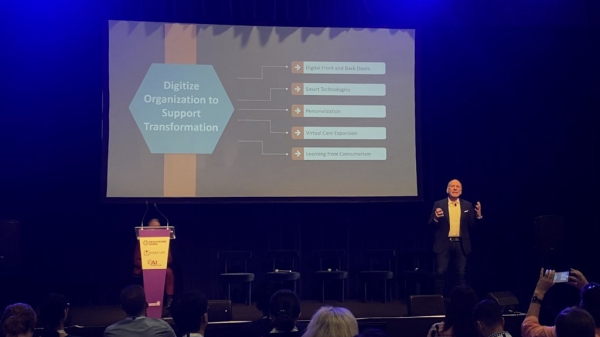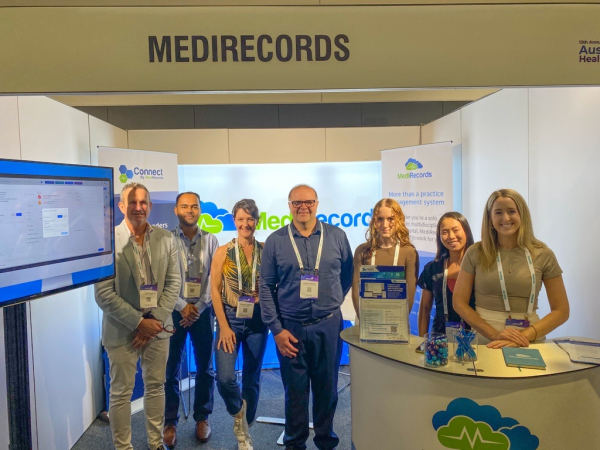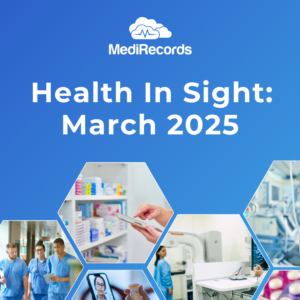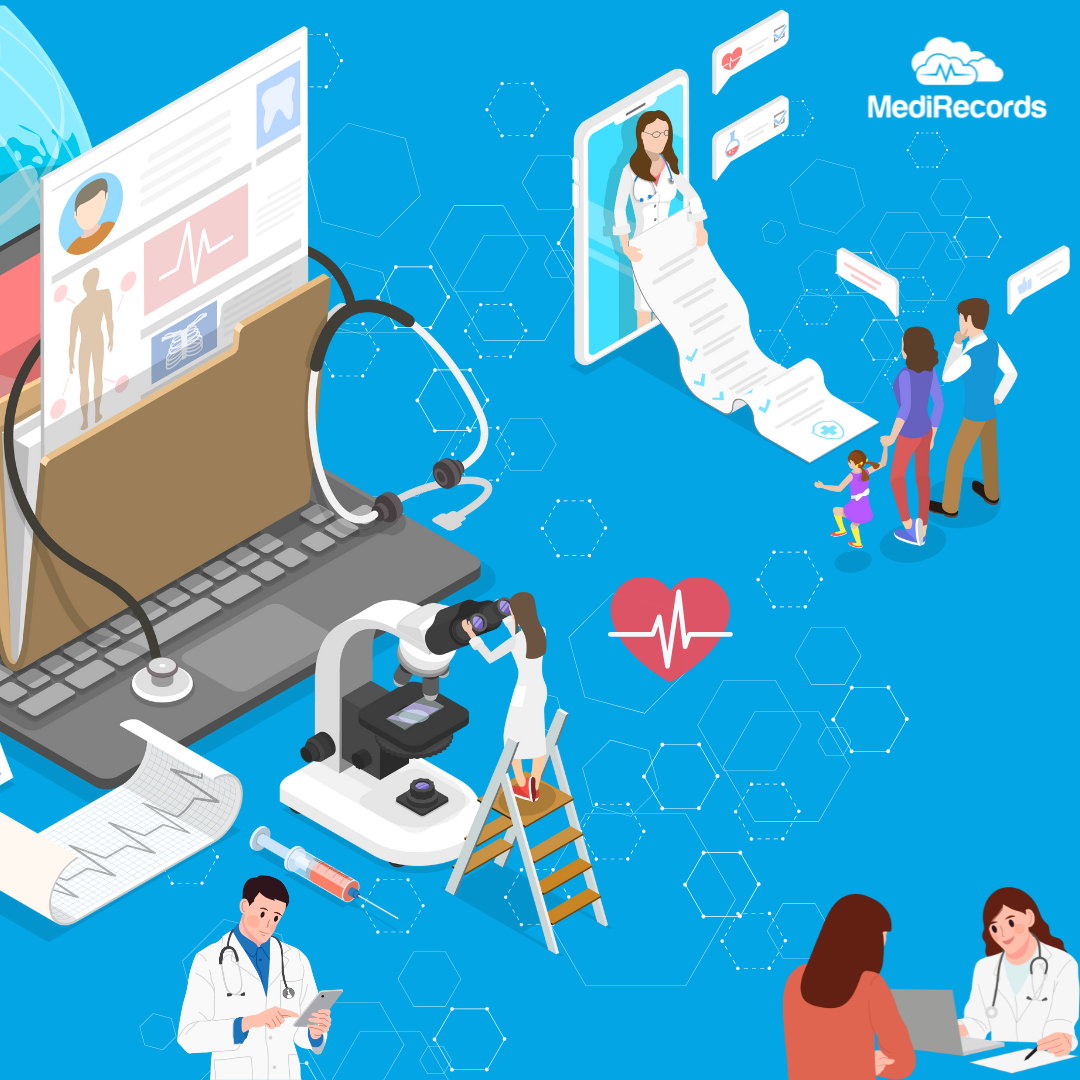March 22, 2024
Australian Healthcare Week Wrap-up!

MediRecords thoroughly enjoyed the hustle and bustle of Australian Healthcare Week in Sydney on 20 and 21 March.
Here are 5 key take-outs from AHW –
1. Virtual care keeps growing
Victorian Virtual Emergency Department Clinical Director Loren Sher said the free statewide service is on trajectory to see 200,000 patients this financial year. Dr Sher said: “One of our messages is that we’re not here to replace existing care, we’re here to supplement care and also to fill gaps…” The VVED works with Ambulance Victoria and residential aged care facilities to care for patients that might otherwise attend at busy hospitals, ensuring patients can, “access care… regardless of their postcode, and … access the right level of care”.

2. Helping hospitals meet demand may require out-of-the-box thinking
MediRecords proudly supports the VVED as an e-prescribing platform and we can be a tad one-eyed in thinking digital health tech is an answer to connecting care records, streamlining safe workflows, and helping reduce ambulance ramping and bed blockages. But we were mighty impressed by the modular hospital facilities from Q-bital Healthcare Solutions, who can put an operating theatre on a truck and deliver it to your site to meet escalating clinical demand.

3. A patient perspective informs patient-centric care
Former Cleveland Clinic CEO Edward Marx has long been a voice for digital disruption but his stint in a hospital bed with a “widow-maker cancer” underlined his passion for patient-centred care. Mr Marx detailed five pillars for improving patient experience, “most of which can be solved for free”. These included plain language communication, intentionally involving patients in decision making on treatments, and creating an organisation-wide culture of empathy.
Mr Marx said that healthcare executives should perform ward rounds and hold meetings in labs, nursing stations and other patient-facing areas, to hone their awareness of patient experience. He advocated for AI to accelerate the personalisation of care. “My bank, my airline and my hotel all know me so why doesn’t my hospital?”

4.Technology vendors should team up
A panel of influential information technology leaders delivered a wake-up call to vendors, urging collaboration to research and solve known problems with interoperable solutions. Northern Territory Government Health Chief Clinical Information Officer Dr John F. Lambert said, “If you’re not coming to me with someone in the business who wants to use (the solution), don’t waste my time. You also need an executive who cares enough about it, to take money off something else.”

5. The healthcare workforce is evolving
St Vincent’s Health Australia Group CEO Chris Blake said there will be as many engineers in healthcare as doctors within a decade. Rapid developments in technology such as AI are one reason for this, but vendors may not always be aligned with buyers. Dr Lambert urged tech suppliers to focus on AI solutions for boring administrative workflows, rather than more glamorous clinical applications that could introduce risk.
A big thanks to everyone who stopped by to say hello, including James Sneddon, Nicole Nixon, Peter Birch and Sophie Turner from Talking HealthTech, Patrick Deegan and Silvia Pfeiffer from Coviu Global, Mike Harman, Dr Avnesh (Avi) Ratnanesan, Jeremy Knibbs and Michelle O’Brien from Health Services Daily, Emily Mara from Pulse+IT, Andy Ellis, Bryan Macdonald, Jonathan Klug and many others.





























